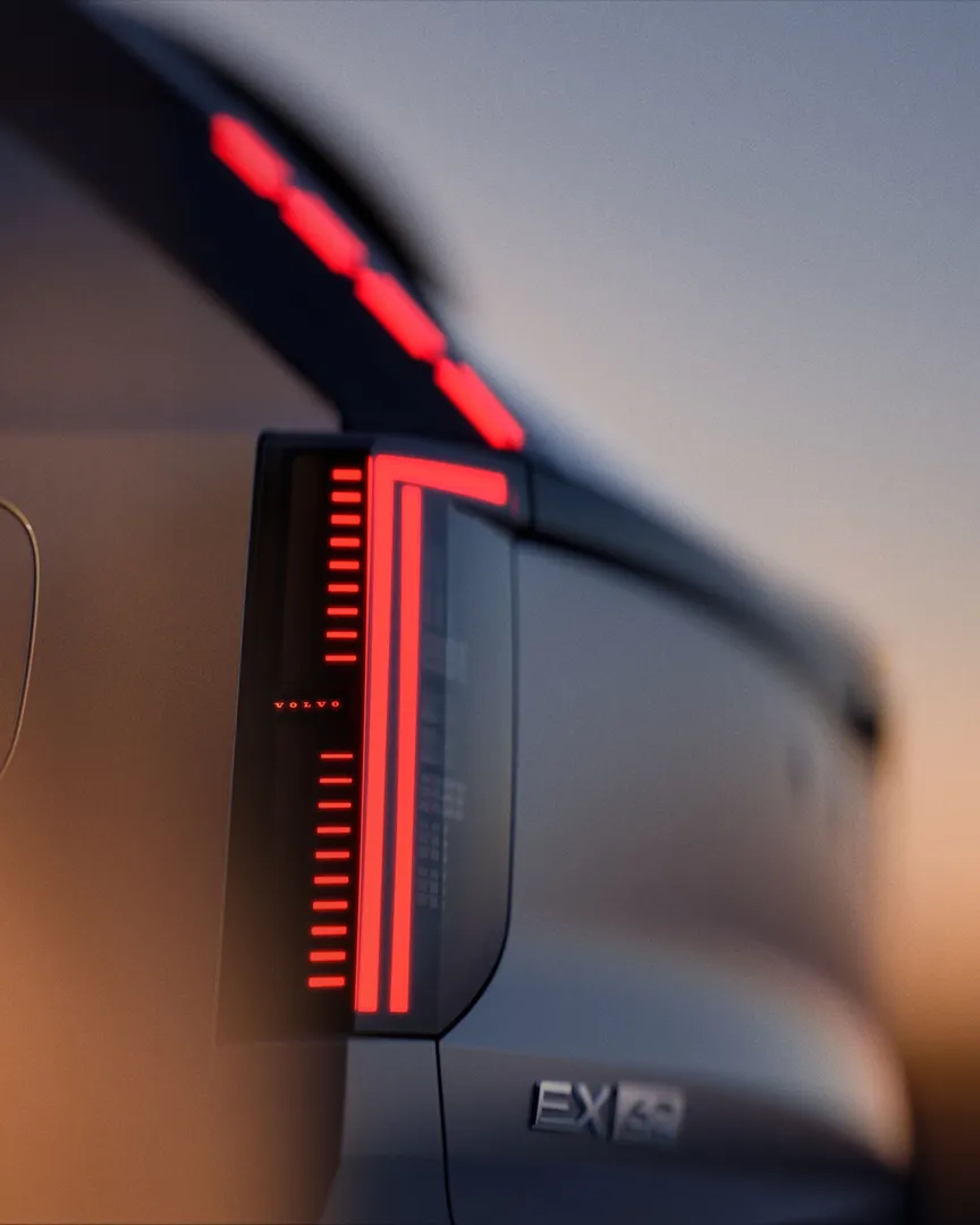Safety. For Life.
To help protect and care for everyone in and around your Volvo car.
Since 1927
At Volvo Cars, safety is all about people.
We've helped save over a million lives by sharing our patent for the three-point safety belt. It's our ambition to save millions more.
The secret behind our innovations?
The Volvo Cars Safety Standard.
Beyond standardised testing
We don't just meet safety standards. We set our own. Long before third-party testing, our real-world research has led to life-saving innovations. Our knowledge from real life is the foundation of our safety standard, beyond what's required in regulations.
Explore our safety standardAccelerating towards zero collisions
Our vision is that no one should be seriously injured or killed in a new Volvo car. This vision has driven us to design life-saving innovations. Now, our ambition is a future with zero collisions. Because the safest accident is the one that never happens.
Explore our technologyBecause sometimes the moments that never happen matter the most.
Gustaf Larson & Assar Gabrielsson, founders of Volvo
“Cars are driven by people. The guiding principle behind everything we make therefore is – and must remain – safety.”
Explore our heritageHear how the three-point safety belt saved their lives

Arriving in January
The new EX60
Be among the first to experience the Volvo EX60 with exclusive updates.
Frequently asked questions
Are Volvos equipped with automatic braking?
Yes. Our automatic emergency braking system (AEB) is standard in all our cars, to help prevent collisions by automatically applying the brakes if it senses a potential impact.
How does Volvo Cars develop safety in cars based on real-world data?
We collect and study real-life accident data to design safety features that address common and severe crash scenarios. Since 1970, our Traffic Accident Research Team has analysed over 50,000 accidents involving over 80,000 occupants, leading to advancements like whiplash protection, side-impact airbags and advanced driver assistance systems. Then, we apply these findings to the development of new Volvo cars to help protect people better from injuries, for continuous improvement within our safety standards.
For how long has Volvo Cars been testing with female crash test dummies?
We've used female crash test dummies since 1995, starting with the HIII 5th percentile female dummy for frontal impact tests. In 2001, we included a small-sized side impact dummy, SIDS2, and we introduced a virtual model of a pregnant woman in the early 2000s. More recently, we use Human Body Models, which are human virtual replicates that we can scale and shape to resemble females of different size and shape.
How do you ensure the privacy of people involved in the crashes?
We believe that safety learnings should be shared, but privacy must always be protected. That’s why we never share our crash database - only the life-saving insights we’ve gained from it. No identifiable information about those involved is ever disclosed. We use this data for safety research only, in full compliance with privacy laws, including GDPR.
Are Volvo cars designed for safety in icy or wet conditions?
Absolutely – our cars are designed in Scandinavia, after all. We know how unpredictable the road can be, especially in icy or wet conditions, which is why we’ve built our cars with advanced traction systems, spin control, anti-skid technology and available all-wheel drive. These features help you stay in control, in almost any weather condition.
Does Volvo have child safety features?
Child safety has been at the heart of Volvo since the mid-1960s, when we played a key role in developing rearward-facing child seats. Since then, we've actively shaped car safety for children. We've innovated features like the booster cushion and integrated booster seats. We also have safety belt geometry tailored for children, as well as ISOFIX anchorages for secure child seat attachment, all as standard in our cars. And unlike standardised crash tests on simplified rigs, we assess and test our child restraints directly in the cars themselves.
What is the multi-adaptive safety belt?
The multi-adaptive safety belt is the first of its kind, and is recognised as one of TIME’s Best Inventions of 2025. It’s a seatbelt that leverages real-time data from the car’s advanced interior and exterior sensors to customise protection for the occupants in the front two seats of the car. The system helps contribute to safety by adjusting to the current situation and unique personal profile of the passengers sitting in the front seats, such as their height, weight, body shape and seating position. Right now, the multi-adaptive safety belt is available in the Volvo EX60.
Explore our cars
*Volvo Cars’ safety features complement safe driving practices and are not intended to enable or encourage distracted, aggressive or otherwise unsafe or illegal driving. Ultimately, the driver is responsible for the safe operation of the vehicle at all times. Described features may be optional and availability may vary from one country to another.